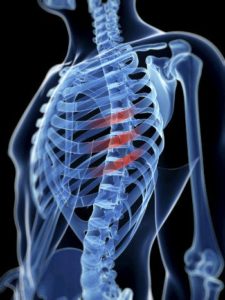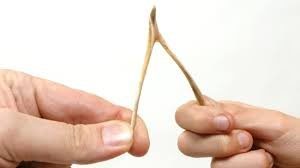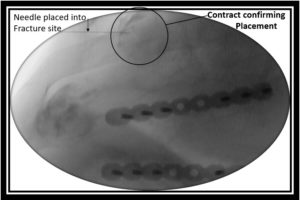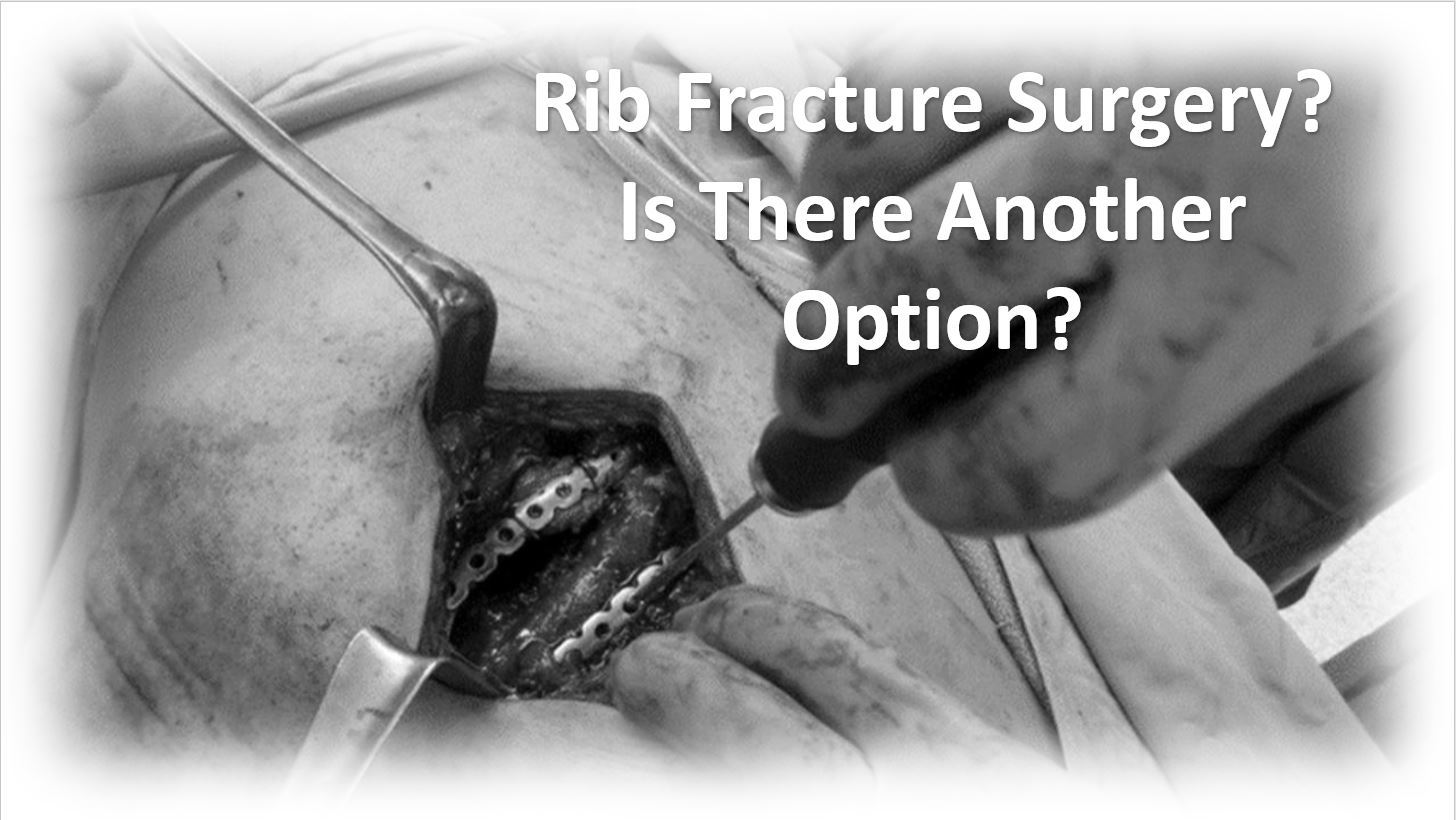Rib Fracture Surgery – Can It Put You at Risk for Additional Fractures?

Your Rib Cage Is Important
Your rib cage is a vital area that protects the lungs and provides structure for the muscles that allow you to breathe. Rib fractures, which are surprisingly common, often result from some type of blunt force trauma to the rib cage. If multiple ribs get fractured it can be very dangerous as pieces of the rib can break off and directly puncture the lungs. In these cases, surgery is sometimes needed. A new research study looked at the long-term outcomes and quality of life after rib surgery and the results are very concerning. (1,2). This study was not able to demonstrate any quality of life benefit of rib fracture surgery over 24 months post injury in patients with major trauma.

While the majority of rib fractures can heal on their own, those that do not are considered “non-union” fractures. At that point, surgery is typically offered. Surgeons place a metal plate across the fracture line in an effort to bring the 2 ends close together. The goal is that this will stimulate the fracture to heal.
The Downside to Rib Fracture Surgery
Unfortunately, placing the metal plate over the fracture in rib fracture surgery can cause long-term issues. With ribs, I refer to this as the “wishbone phenomenon.” When I was a child during Thanksgiving, my sister and I would pull on the wishbone of the turkey to see who got the bigger part. I would always lose because I would grip the bone so tightly and it would eventually break right above my thumb. We also see this issue with Fusion surgeries in the spine. There is even a name for this: “Adjacent Segment Disease” (3). This concept is quite simple as once you place hardware into the body it places increased pressure above and below the hardware. In the lumbar spine, if you fuse the L4-L5 segment, within several years the segments above and below this level will begin to degenerate. This same concept can be applied to rib fracture surgery, as once you place a hard plate across the fracture line, any force will be distributed to the right and left of the fracture plate. After surgery, any additional trauma can place increased stress to the rib, resulting in repeat fracture!
Is There a Better Option than Surgery? Lets Look at a Recent Patient I Treated.
GM is a 56 yr old healthy active male who is a competitive BMX racer in the Masters Division. While being an excellent racer, falls happen and GM had several falls, which fractured multiple ribs. This eventually resulted in rib fracture surgery to multiple ribs. As described above, additional falls after surgery injured the surrounding muscles and created additional rib fractures. This time the fractures were further down the rib on the same ribs that had the surgery (see picture one left). As an engineer he knew repeat surgery would result in the placing him at increased risk for even more fractures, so found us through one of his teammates who was a patient of ours.
We treated GM with a high density bone marrow concentrate (BMC) combined with our 4th generation of super concentrate platelet rich plasma. There are many studies out there showing that bone marrow concentrate can easily help fractures heal without the need for surgery (4-6). In a highly specialized procedure, utilizing ultrasound guidance and fluoroscopy (live xray guidance – picture shown), I was able to precisely inject his fracture sites in addition to the strained muscles between the ribs. Within few months GM was back riding with little to no pain and able to take deep breaths! He has also had multiple falls since treatment without any repeat injuries to his ribs.

UPSIDE
Over the years we have seen many fractures heal with the patient’s own bone marrow concentrate. Utilizing your body’s own healing mechanisms, combined with advanced imaging to precisely place it, we can often effectively treat rib fractures without the need for invasive surgery. If you have a rib fracture (or any type of fracture) that has not healed and are considering rib fracture surgery, please contact us. We are happy to discuss and determine and whether you are a candidate for this procedure. https://www.youtube.com/watch?v=XxnCdW3GIjs
- Marasco SF, Martin K, Niggemeyer L, Summerhayes R, Fitzgerald M, Bailey M. Impact of rib fixation on quality of life after major trauma with multiple rib fractures. Injury 2019;50(1):119-24. 10.1016/j.injury.2018.11.00 doi: 10.1016/j.injury.2018.11.005.
- Marasco S, Lee G, Summerhayes R, Fitzgerald M, Bailey M. Quality of life after major trauma with multiple rib fractures. Injury. 2015;46(1):61-5. doi: 10.1016/j.injury.2014.06.014.
- Epstein NE. Adjacent level disease following lumbar spine surgery: A review. Surg Neurol Int. 2015;6(Suppl 24):S591-9. doi:10.4103/2152-7806.170432
- Calcei JG, Rodeo SA. Orthobiologics for Bone Healing. Clin Sports Med. 2019;38(1):79-95. doi: 10.1016/j.csm.2018.08.005.
- Hernigou P, Trousselier M, Roubineau F, et al. Local transplantation of bone marrow concentrated granulocytes precursors can cure without antibiotics infected nonunion of polytraumatic patients in absence of bone defect. Int Orthop. 2016;40(11):2331-8. DOI: 10.1007/s00264-016-3147-x
- Homma Y, Zimmermann G, Hernigou P. Cellular therapies for the treatment of non-union: the past, present and future. Injury. 2013;44 Suppl 1:S46-9. DOI: 10.1016/S0020-1383(13)70011-1

